Advancing Your Convening Skills
/by Rachel Harris
Photo Credit: Craig Neal
Once you have gained and practiced the skills from the Art of Convening, the learnings and processes don't stop! Leadership is an ongoing learning process full of new information every day. Convening skills support engaged, effective leadership. In order to see the most improvements in your convenings, how do you continually advance your skills? It's always about intent; sometimes it takes a little extra courage. Below, we provide insight to an encounter with one of our clients and how we helped them further their convening skills.
A client contacted CPL for a consultation on developing and conducting a meeting for 300 people.
This client had previously taken the Art of Convening Training and heard about the concept of suspending certainty. He inquired about how to practice suspending certainty in an upcoming meeting for an international audience.
Here is what he learned: Practicing suspending certainty is one of the subtle methods that greatly advances your convening skills in conversation. Within the Art of Convening training, we employ these techniques for suspending certainty.
- Listen for the context and value of the conversation.
- Be Inquisitive. Notice and utilize opportunities to ask for clarifying questions before responding with an answer.
- Be patient. One of the ways to practice suspending certainty is to think about the times when you are asked a question and notice if you have any tendencies to respond quickly with an answer. Sometimes the person asking a question, in fact, wants to be listened to while they talk out loud and come to their own conclusion.
- Set the tone of the meeting withagreements. Create an open floor; invite attendees to notice judgments and speak for their self. Invite attendees to discuss and voice their opinions.
Incorporating these practices will assist you in adopting suspending certainty in your meetings and conversations. These four steps will also help to improve the value of your meeting by creating an open environment where your attendees feel welcomed. A welcoming setting creates a platform more people to engage and discuss.
Are you looking to improve and advance you convening skills? Check out CPL's training programs here to get started today.
#PurposefulLeadership #Purpose #Leadership #Convening #ArtofConvening #Engagement

















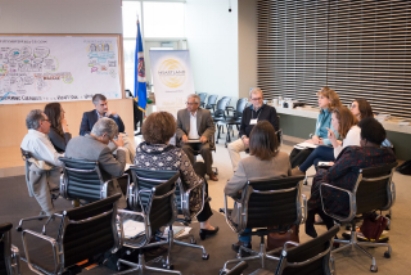


![[Hearth] Voices from Ukraine: Part 2](https://images.squarespace-cdn.com/content/v1/58a4e3be9de4bb98b066fd6f/1647955546471-VUGA4FCGFEUYJ29TEQVA/sunforest-mix-sunflower-types-1586794598.jpeg)

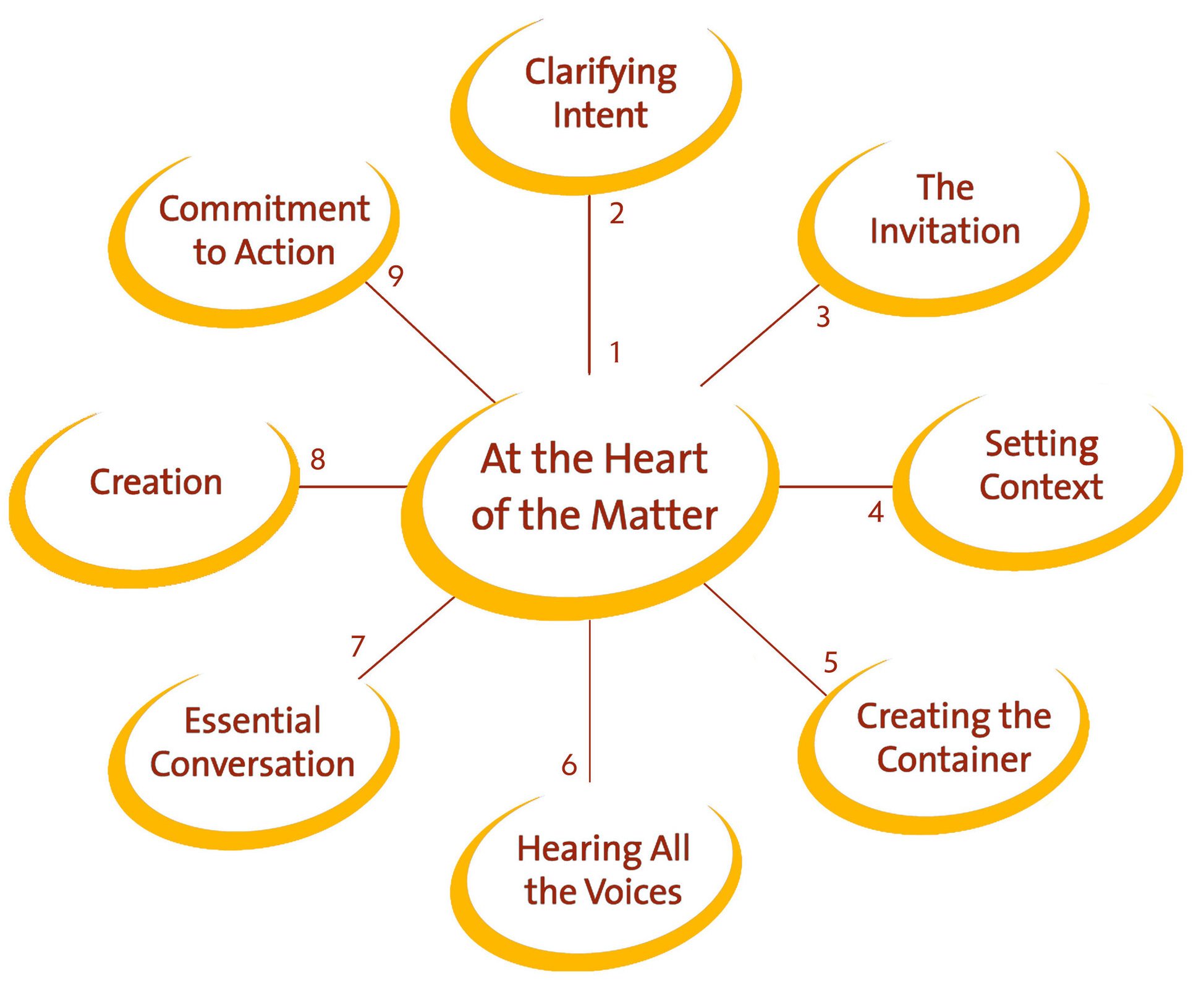

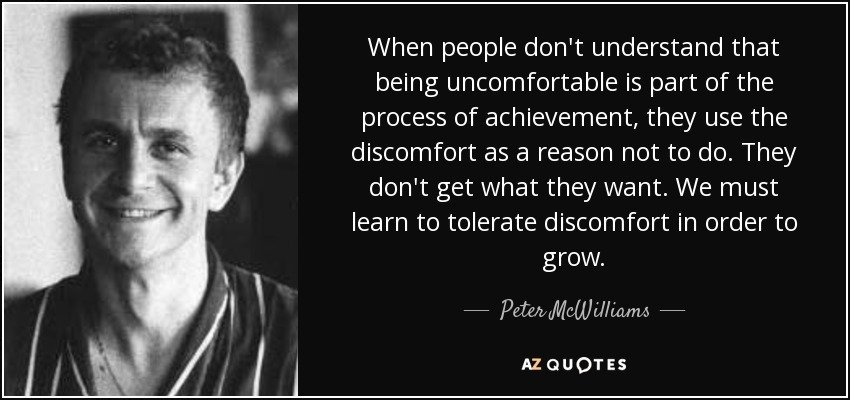









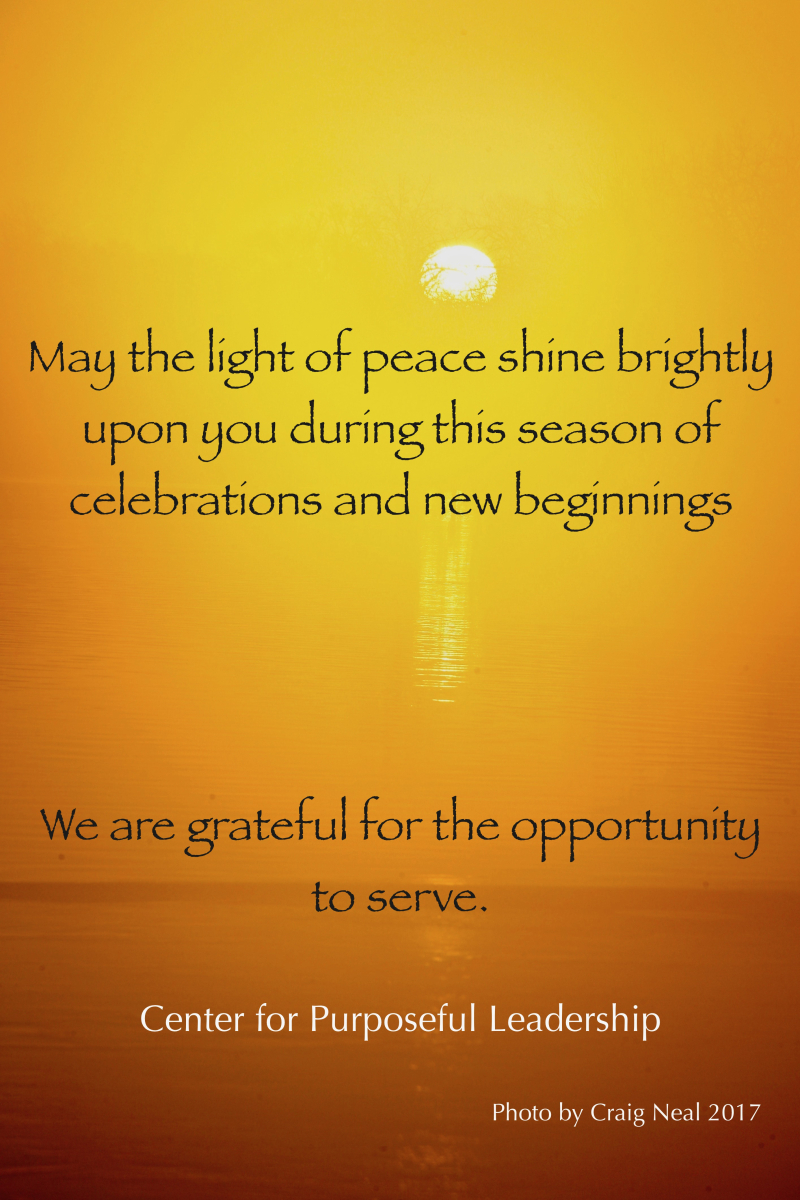












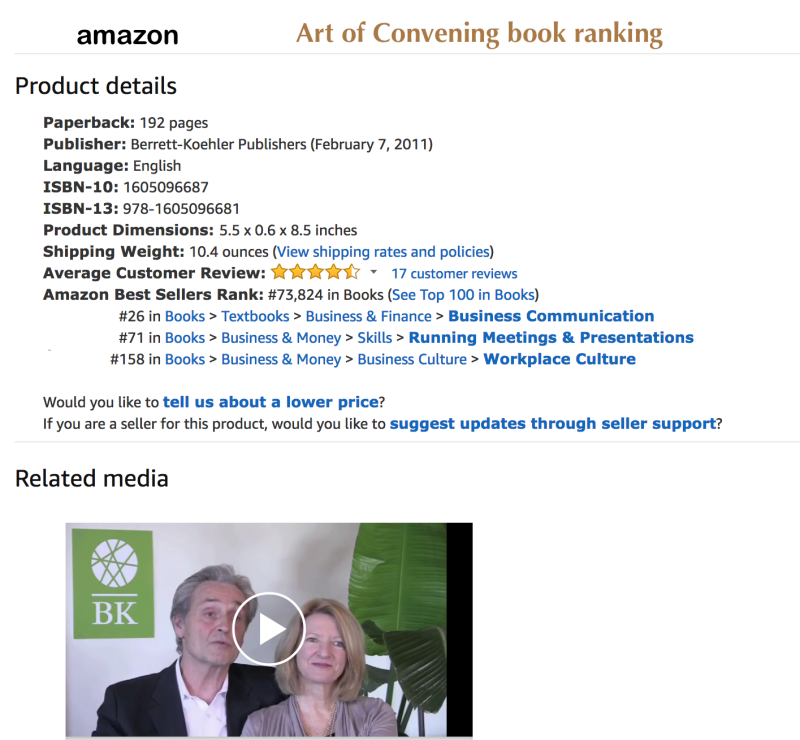

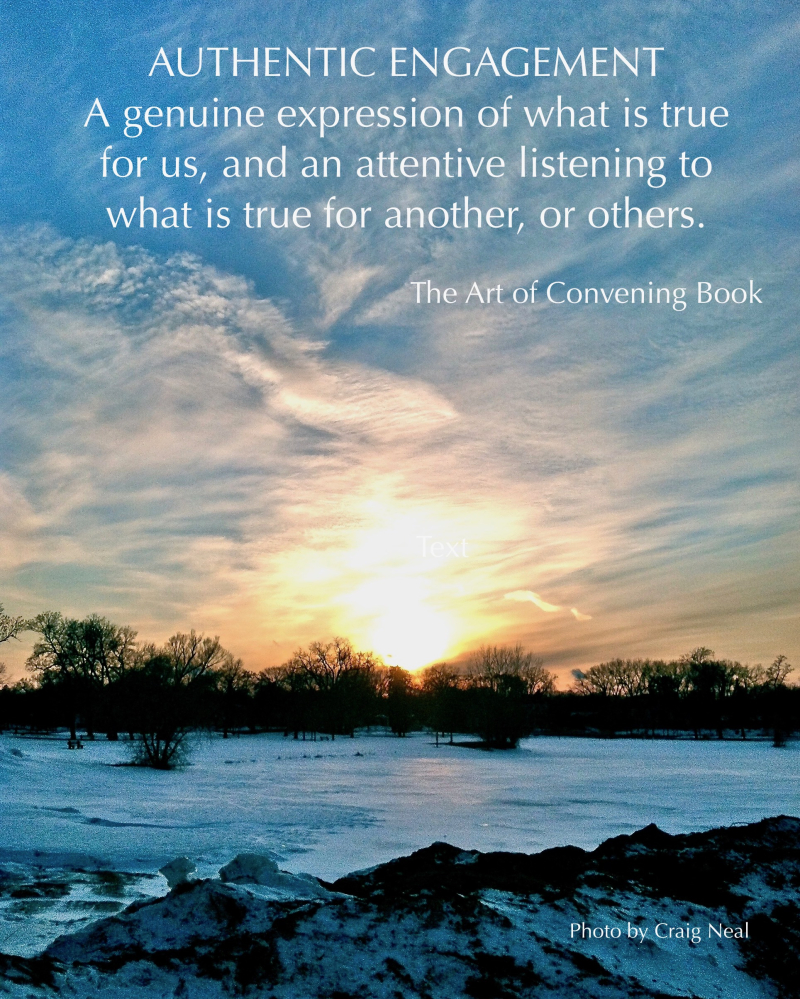
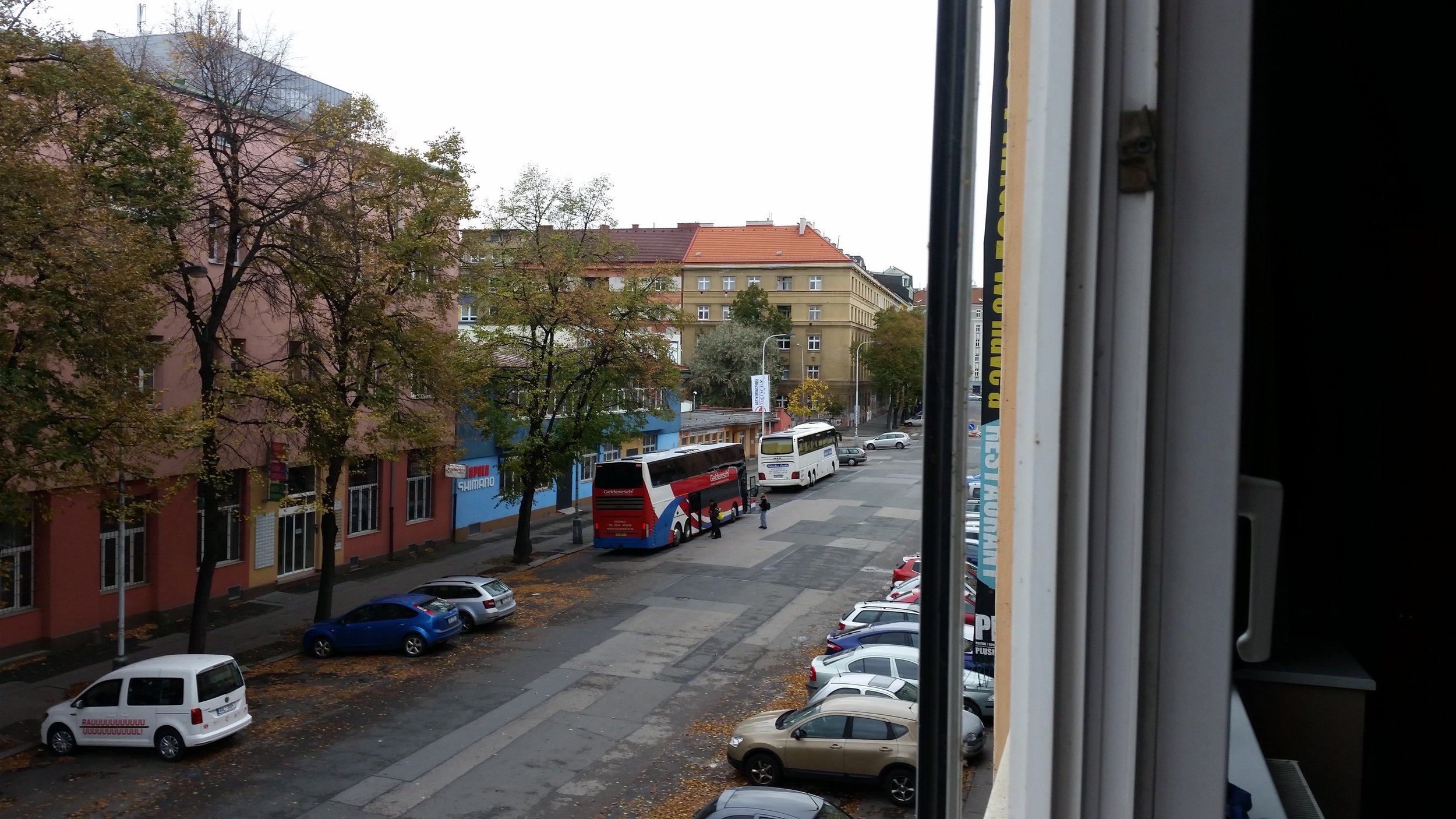
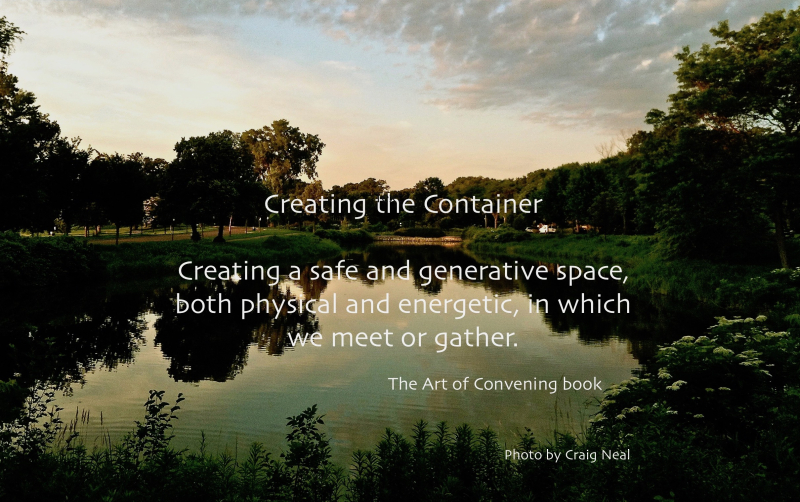



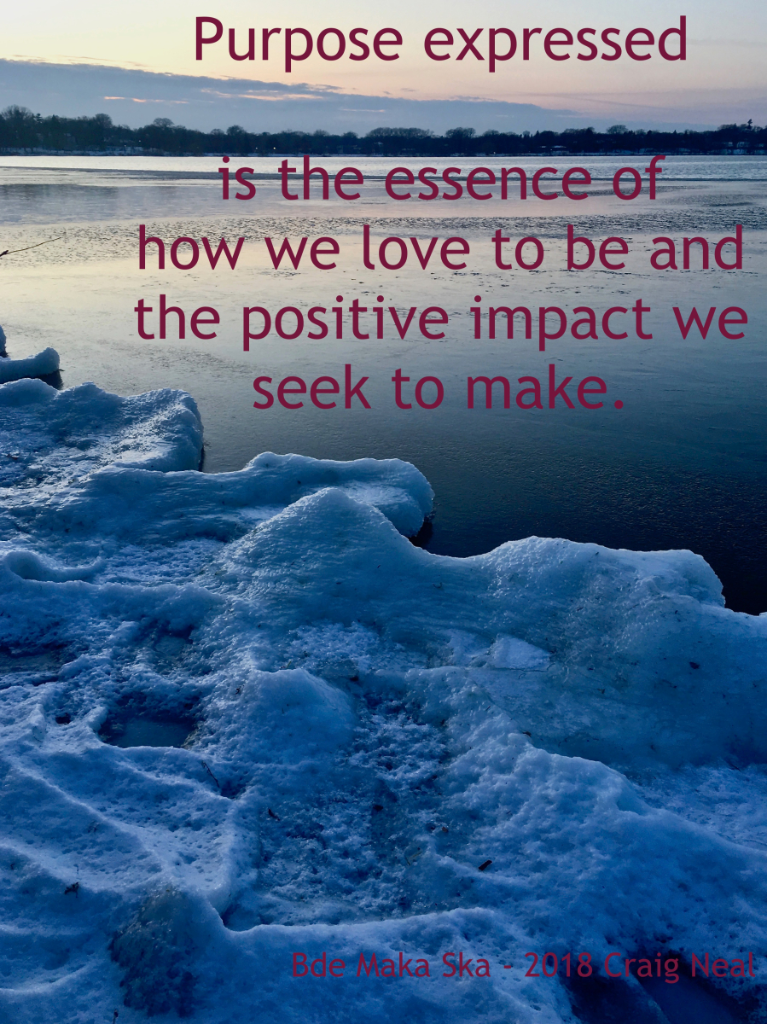
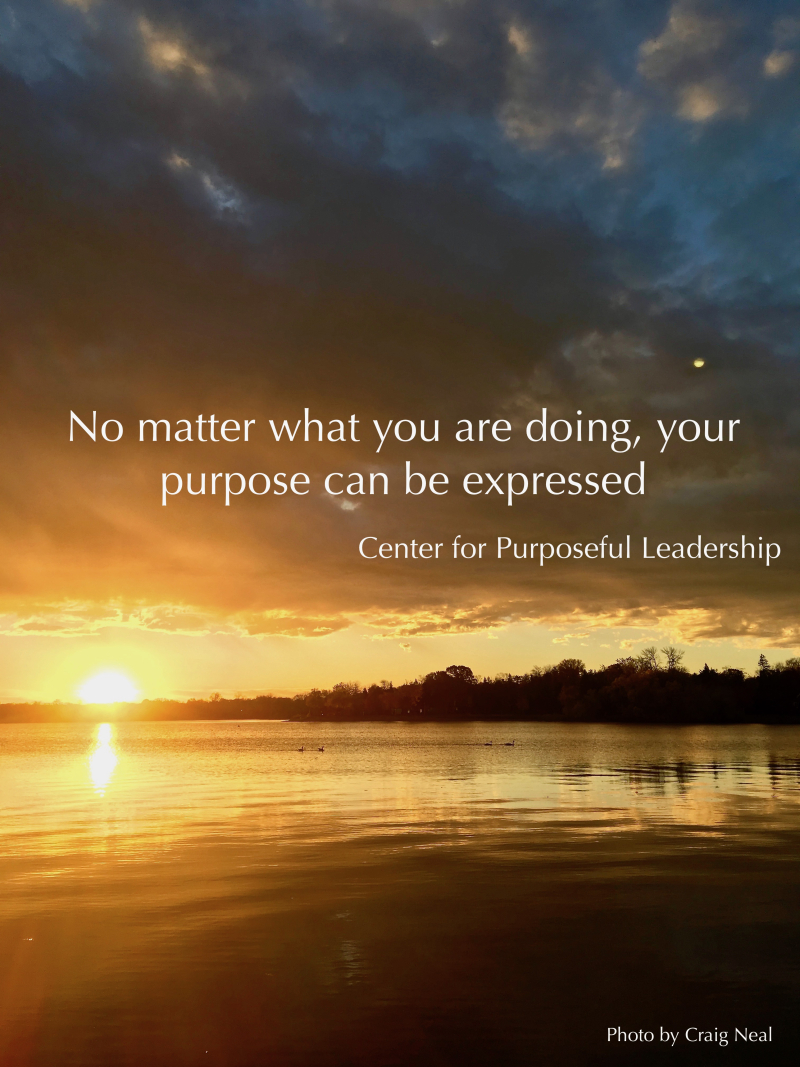































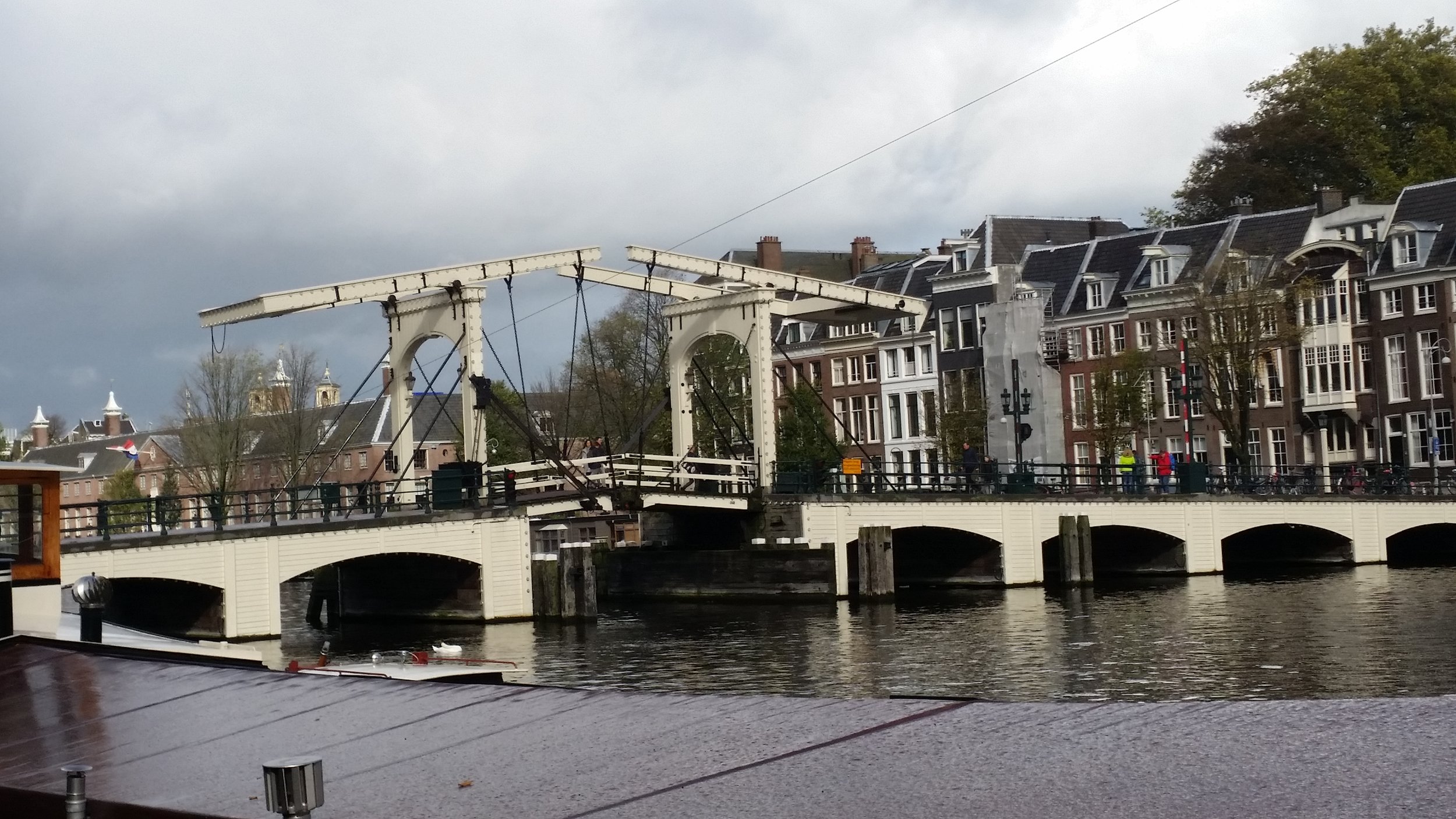






















…this idea of worthiness, that struggle we go through as a nation, happens all the time.
Edward Dugger III, president of Reinventure Capital and an early pioneer in impact investing, explores the intersection between the venture capital community and racial equity.